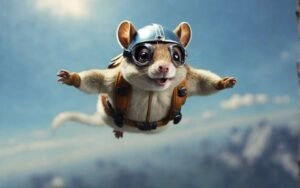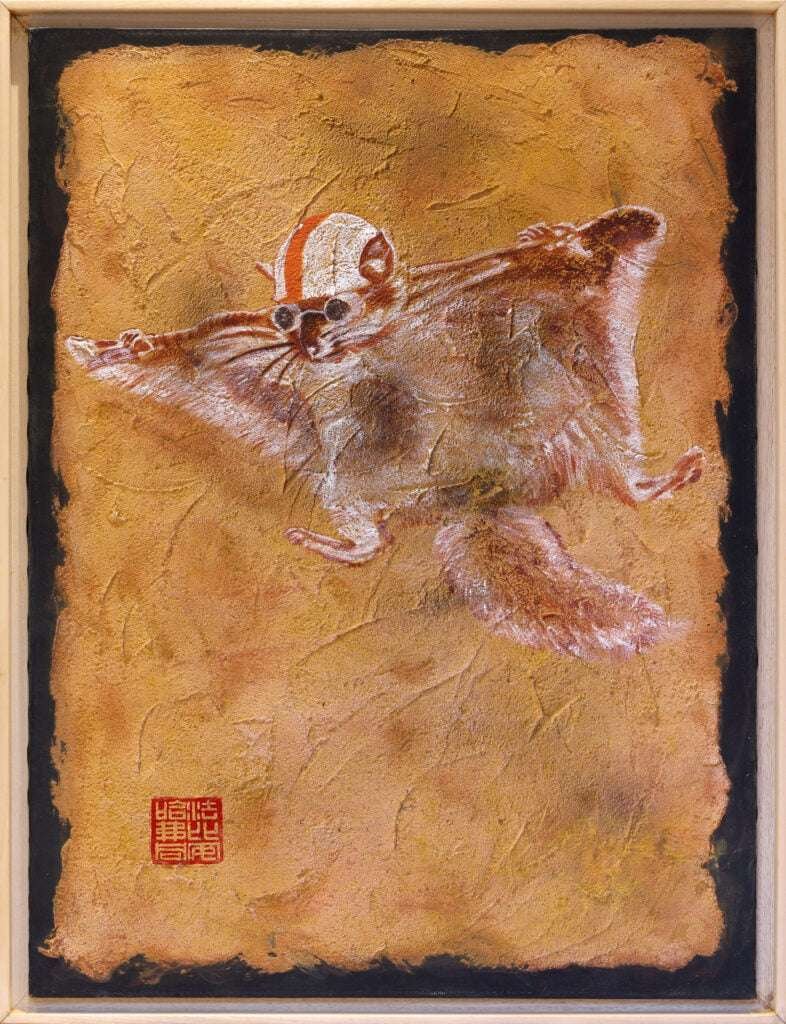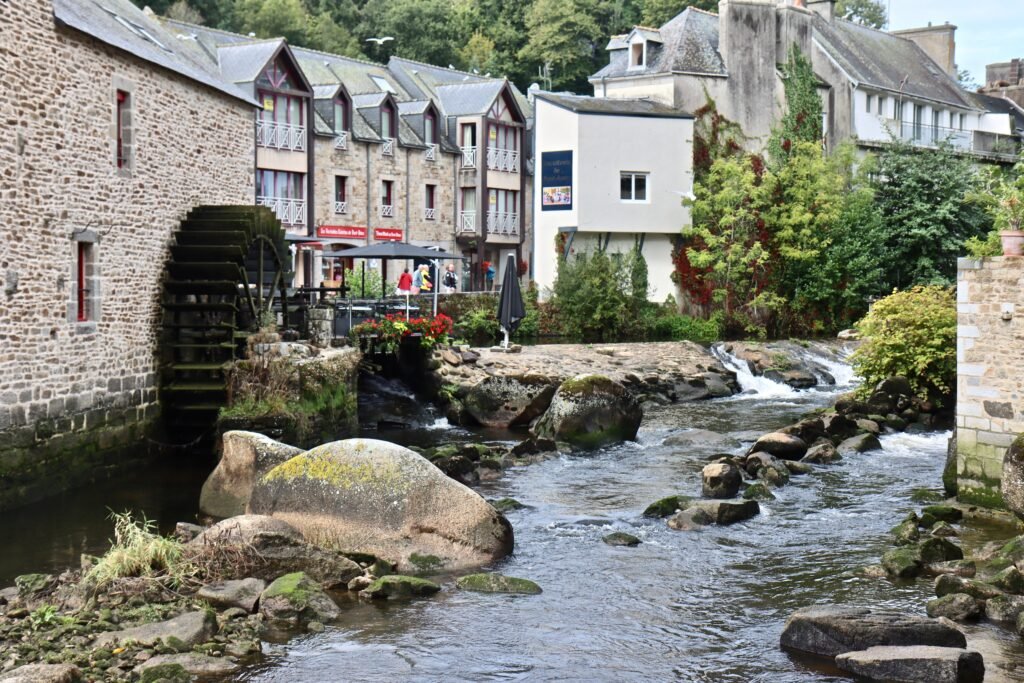The cottage ‘Les Écureuils’ was missing a little touch of paint, so I chose this little flying animal to decorate the entrance to this cosy little nest in a slightly different way.
(Acrylic on canvas: Ecureuil Volant 75×100).
- Fabien Raveton, 2022
- Acrylic on canvas
- Dimensions : 75x100cm
- Exhibition space: Kerbeleg

The flying squirrel (or Pteromyini) is a family of rodents. They are known for their ability to glide between trees thanks to their extended skin membrane between the fore and hind limbs. This membrane allows them to jump from branch to branch with great agility and to travel long distances without touching the ground. These ‘flying squirrels’ are so named because of their resemblance to the common squirrel, but they are actually very different from the common squirrel and are not directly related. There are several species of flying squirrels, which live mainly in the tropical forests of South America, Asia and Oceania.
Flying Squirrels: Myth or Reality?
Flying squirrels do exist, but the term encompasses several different animals. These squirrels have a skin membrane called the patagium, which allows them to glide between trees.
Classification of Flying Squirrels
Flying squirrels fall into two main families: Sciuridae (including tree and ground squirrels) and Pteromyinae (true flying squirrels). Sciuridae, which includes species like marmots, have bushy tails and a membrane for gliding.
True Flying Squirrels
True flying squirrels, found in North America and Asia, use their tails to steer while gliding. The northern flying squirrel, common in Canada and the United States, can glide up to 50 meters and primarily feeds on fungi.
The Anomaluridae Family
Anomaluridae, living in equatorial African forests, glide using a patagium and a cartilage spur. Capable of covering 250 meters, these rodents climb efficiently with scales on their tails and strong claws. The Zenkerella insignis, lacking a patagium, inhabits forests in Cameroon and Gabon.
False Flying Squirrels
Colugos, or flying lemurs, live in Southeast Asia and can glide up to 145 meters with their patagium. The sugar glider, an Australian marsupial, glides up to 50 meters and feeds on tree sap, nectar, and insects. Difficult to keep in captivity, it requires a specific environment to thrive.




